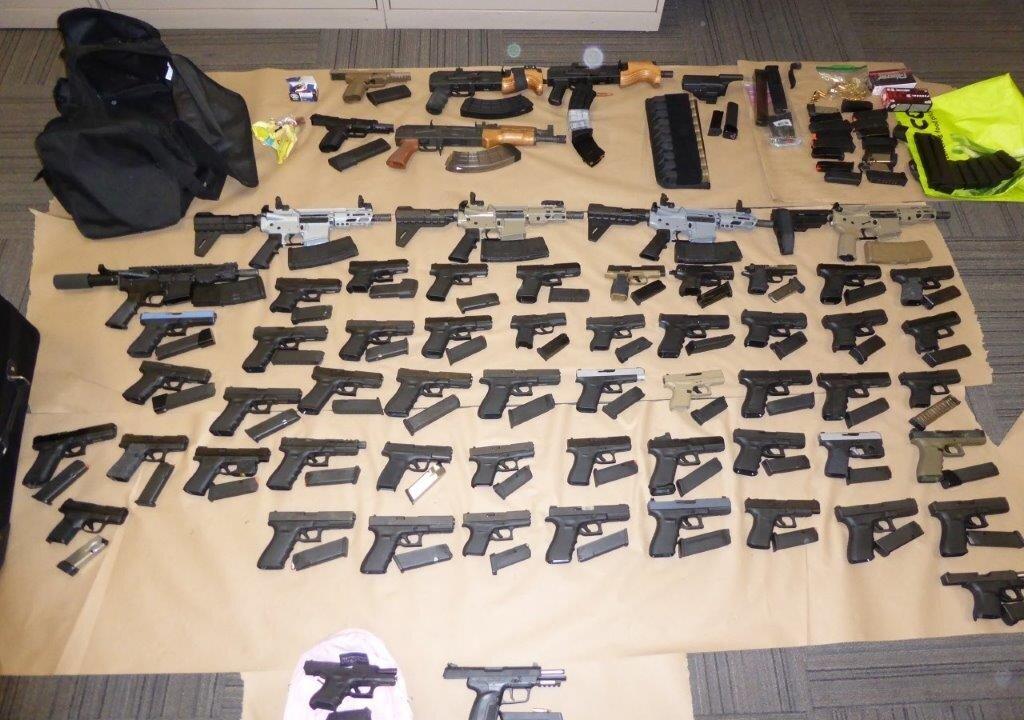Public Safety Minister Marco Mendicino said law enforcement officers seized 11,000 illegal guns at the Canada–U.S. border last year, admitting that the majority of guns used in crime in Canada originate from the United States.
In an interview with Global News’ The West Block on April 30, Mendicino was asked how many crime guns originate in Canada—those that belong to legal gun owners or are stolen from legal gun owners—and how many are coming across the border from the United States.





